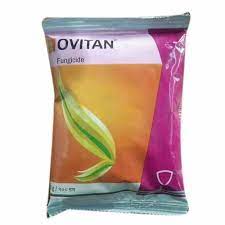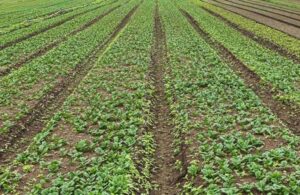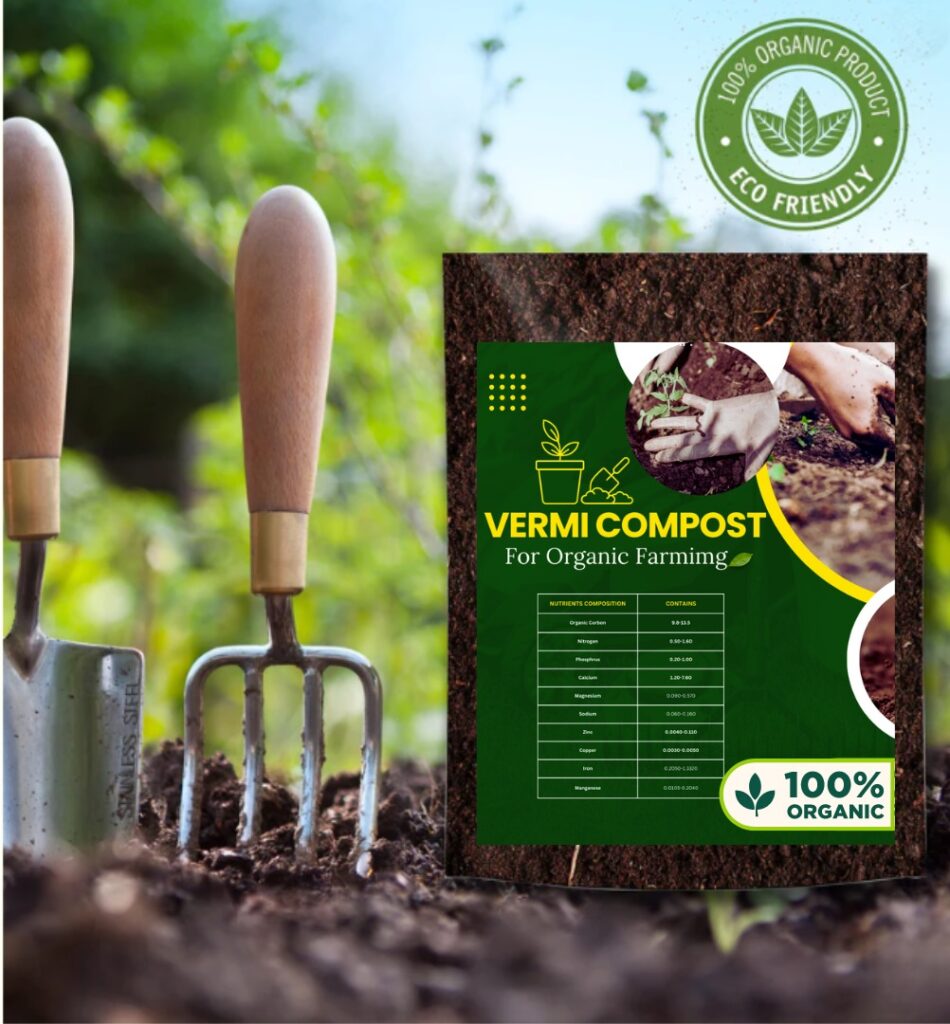Ovitan is a systemic, broad-spectrum systemic fungicide that has both curative and preventive effects. It not only controls disease but also enhances crop health and productivity.
In this article you’ll be informed about the following:
- Introduction
- Fungicide
- Chemical fungicide
- Systemic fungicide
- Legacy of Godrej Agrovet
- Technical content
- Mode of action
- Why you should choose Ovitan fungicide?
- Benefits of using Godrej Ovitan fungicide.
- Godrej Ovitan fungicide dosage and crop specification.
- Godrej Ovitan fungicide application
Introduction
Fungicides eradicate or stop the development of fungi and their spores. The majority of fungicides harm fungal cell membranes or prevent the fungi from producing enough energy to survive. One technique of control for fungal infections in an Integrated Pest Management strategy is the use of fungicides.
The two main categories of fungicides are biological and chemical-based, according to the origin. The bio-fungicides work well against the pathogens that cause turf disease because they contain living creatures like bacteria and fungi as active ingredients.
The synthetic fungicides are made of both organic and inorganic substances.

Let’s discuss about what Systemic fungicide means:
Fungicides that are absorbed by the plant are called systemic fungicides. Locally systemic fungicides migrate close to the point of penetration into the plant. Some locally systemic fungicides have the potential to pass through the leaf from one side to the other thanks to their translaminar mode of action.
For systemic fungicides to circulate throughout the plant and suppress disease, the plant must be actively growing. Short-term protection is provided for new leaf growth. Systemic fungicides, in contrast to contact fungicides, can occasionally be employed to suppress an illness after it has infected a plant.
Godrej Agrovet legacy
The goal of the food and agro company Godrej Agrovet is to boost Indian farmers’ productivity by developing goods and services that sustainably raise crop and livestock yields.
Technical Content
Tebuconazole50%+Trifloxystrobin52%
Mode of action
Tebuconazole is a fungicide classified as a DMI (fungicide that inhibits demethylation). This indicates that Tebucanazole inhibits spore germination and fungus growth by acting on the cell walls of fungi. Ergosterol, a chemical crucial to the growth of fungus, is likewise interfered with by it. Fungus growth is thereby delayed and ultimately prevented.
Tebuconazole is classified as fungistatic or growth-inhibiting rather than fungicidal or fungus-killing due to its distinct mode of action.
Why you should choose Ovitan fungicide which has Tebucanazole as it’s main factor?
A versatile fungicide, tebuconazole can be used to treat and prevent fungal infections. It functions systemically, soaking into the target plant to defend it against infections, prevent further spread, or, depending on the severity degree, can completely kill the disease.
Use Tebuconazole on turf and ornamental plants outside to combat a variety of fungi that cause illnesses like Powdery Mildew, Gray Leaf Spot, and Brown Patch.

Benefits of using Godrej Ovitan fungicide:
- Ideally suited for controlling white grubs.
- Ingestion/contact and systemic chemistry are combined to provide dual action against pests.
- Longer perseverance and superb control.
- Lesenta has demonstrated a measurable influence on plant growth enhancement that will increase production.
- Better root growth, greener plants, and higher yield are all benefits of dual PGE.
Godrej Ovitan fungicide dosage and crop specification
| Crops | Target Pest/Disease | Dose per Acre (gm/ml) |
| Rice | Sheath blight, Leaf blast & Neck blast, Glume discolouration (dirty panicle) | 100-120 |
| Tomato | Early Blight | 100-120 |
| Mango | Powdery mildew, Anthracnose | 100-120 |
| Wheat | Yellow rust, powdery mildew | 100-120 |
Application
After application, tebuconazole can still have an impact up to 30 days later. Spray once a month to prevent the aforementioned ailments, but don’t apply more than 16 ounces per 1000 square feet each year. In one to three weeks, depending on the condition being treated, you ought to observe a noticeable improvement in the health of your plant.
To keep the area healthy and disease-free, follow the directions on the fungicide package for the right Tebuconazole dosage and reapply as necessary.
FAQs
1. Does fungicide react with rain?
Ans. Before it rains, make sure the fungicide has thoroughly dried; otherwise, it will be lost right away. The majority of systemic fungicides become rainfast after a few hours, however other fungicides may take longer (up to 24 hours) to fully permeate into the surface of leaves or fruits.
2. What degree do you apply the fungicide at?
Ans. As soon as the illness is identified, fungicide should be applied for optimal effects. Applying fungicide throughout the summer (or whenever nighttime temperatures above 60 degrees) can be very important for the continued health of your grass if you want to take a more preventative approach.



